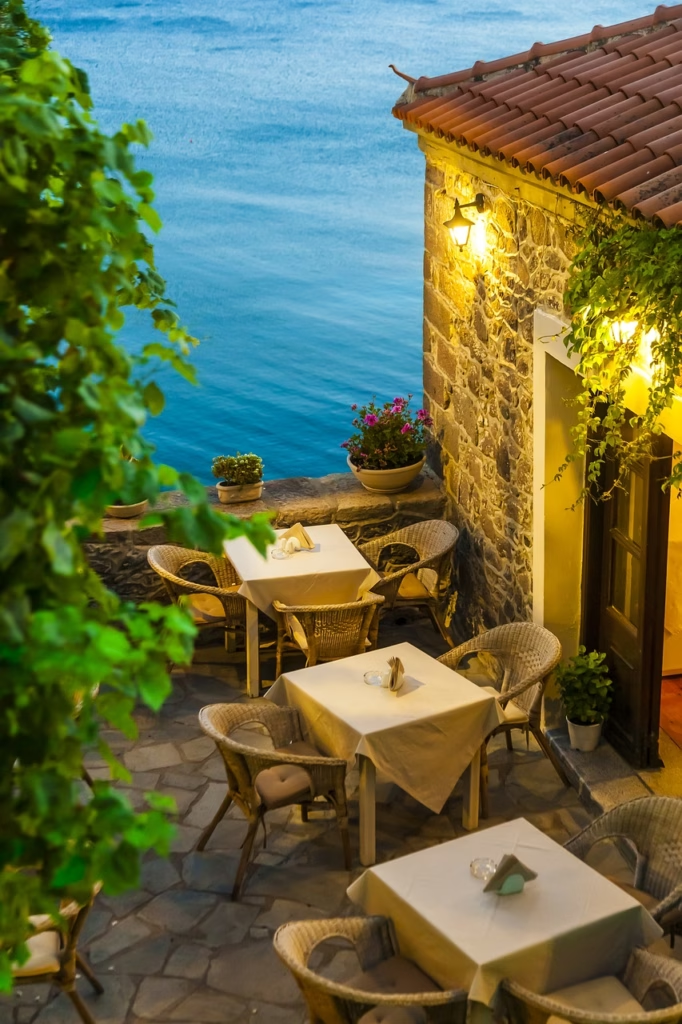Spain’s Hidden Eco-Villages: Where the Wi-Fi’s Weak but the Sustainability Game is Strong
Let’s get one thing straight: Spain isn’t just flamenco, paella, and Airbnb-packed pueblos. Beyond the postcard clichés lies a network of off-grid eco-villages—think hobbit-style cob houses, anarchist bakeries, and communities thriving on “waste is illegal” policies. These aren’t cute day-trip spots; they’re blueprints for a world where humans actually coexist with nature. Intrigued? Buckle up.
Why Spain’s Eco-Villages are the Ultimate Reset
- 🌱 Survival Mode: Born from 2008’s financial crisis, these villages rebelled against capitalism by resurrecting abandoned towns. Take that, Wall Street.
- 🛠️ Radical DIY Culture: Solar panels built from scrap, compost toilets that smell like lavender, and libraries run on trust (and wine).
- 🚫 No Greenwashing Allowed: You won’t find a single “eco spa” here—just abuelas teaching you to make soap from olive pits.
4 Villages That’ll Make You Question Everything
1. Matavenero, León
- Vibe: A rainbow-hued anarchist commune in the Bierzo mountains. Population: 80 humans, 200 goats.
- Sustainability Cred: Hydroelectric power, communal gardens, and a “no cars, ever” rule.
- Do This: Join the annual Moon Festival—drum circles, fire dancing, and zero TikTok coverage.
- Stay: A treehouse (€10/night) or a yurt. BYO sleeping bag.
2. Lakabe, Navarra
- Vibe: A 1980s squat turned vegan utopia in the Pyrenees. Think The Village meets Portlandia.
- Sustainability Cred: Off-grid solar, dry compost toilets, and a “land is sacred” ethos.
- Do This: Work trade—chop wood, bake sourdough, earn your keep.
- Stay: Dorm beds (€15/night) with vegan meals included.
3. Benitua, Valencia
- Vibe: A 12-person micro-village reviving 17th-century terroir farming. No phones, no clocks, no problem.
- Sustainability Cred: Dry stone architecture, zero pesticides, almond milk fresh from the grove.
- Do This: Learn to make horchata from tiger nuts. Spoiler: It’s harder than it looks.
- Stay: A stone cottage (€50/night). No AC, but walls thicker than your existential dread.
4. Los Molinos del Río Aguas, Almería
- Vibe: A desert oasis fighting climate change with permaculture. Think Mad Max meets Kumare.
- Sustainability Cred: Solar-powered, natural clay homes, and a creek that’s revived the ecosystem.
- Do This: Permaculture workshops. Bonus: Shower under a waterfall.
- Stay: Eco-domes (€30/night). Stars included, Wi-Fi not.
How to Visit Without Being That Tourist
- Ask Permission: Many villages are private communities. DM them on Signal (yes, Signal) before arriving.
- Work, Don’t ‘Gram: Trade skills (carpentry, gardening) for lodging. Your influencer pose won’t impress here.
- Pack It Out: No trash trucks? Your granola bar wrapper hitchhikes home with you.
- Learn Basic Spanish: Or Catalan. Or Euskara. Google Translate won’t save you in the mountains.
Why These Villages Matter in 2025
Spain’s rural depopulation crisis (“la España vaciada”) has left 90% of villages at risk. By visiting sustainably, you’re:
✅ Funding grassroots revival (not resort chains).
✅ Keeping dialects like Aragonese and Leonese alive.
✅ Proving that modernity and tradition can actually coexist.
The Off-Grid Checklist 📝
- Reusable water bottle (Almería’s springs are drinkable, but your Brita habits die hard).
- Biodegradable soap (for creek baths—yes, you’ll be doing that).
- Cash (ATMs? LOL).
- Open mind (hierarchy? What’s that?).
TL;DR: Spain’s hidden eco-villages aren’t escapes—they’re revolutions. Swap your suitcase for a backpack, your apps for eye contact, and let these communities school you in actual sustainability.

